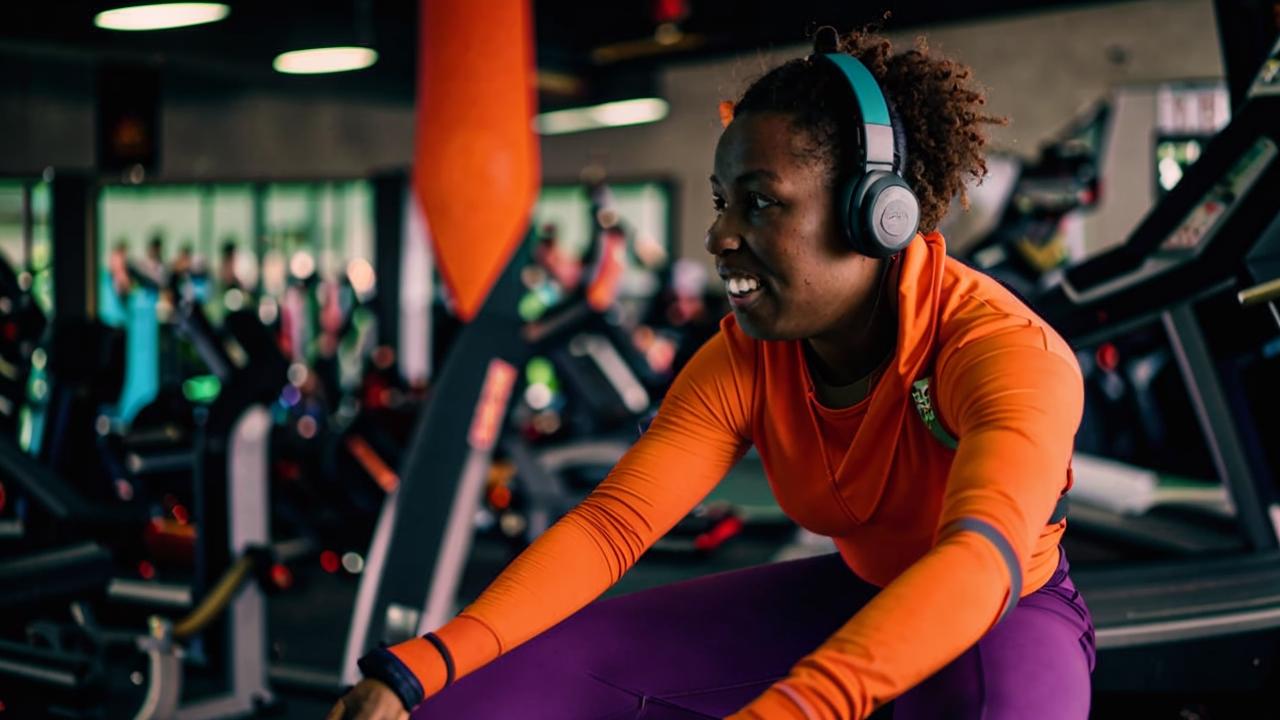
Spirit.Fitness trainer, expert in recovery and rehabilitation after childbirth
“The postpartum period is an important time for new moms. You need to focus on restoring your physical health and well-being. Performing appropriate exercise routines will help to smoothly improve your postpartum shape and well-being. Today, I will share a set of exercises specifically designed to address common problems.”
What will help you recover from childbirth?
Breathing exercises
Many women experience a decrease in lung function due to changes in posture and the pressure placed on the diaphragm during pregnancy. Breathing practices will restore lung capacity and improve oxygenation (oxygenation of the blood). Diaphragmatic breathing and breathing with your lips pressed together can be helpful. Not only do these exercises help restore the lungs, but they can also promote relaxation and reduce stress.

Strengthening pelvic floor muscles
The pelvic floor muscles undergo a significant amount of strain during pregnancy and childbirth. Strengthening them is crucial to regain control and improve their function, especially to prevent urinary incontinence. Kegel exercises that involve contraction and relaxation of the pelvic floor muscles are highly recommended. In addition, bridges, squats, and bending over, will help to further improve the strength and stability of the pelvic area.
Stretching
Muscle tension and stiffness are common problems that occur after childbirth. Light stretching can ease muscle pain, increase flexibility, and induce relaxation. Prioritize stretching the major muscle groups – back, hips and legs. Include light forward bending and sitting hip stretches in your workout plan to ease discomfort and restore muscle balance.

Riding a stationary bike
Aerobic exercise is essential for cardiovascular health and overall fitness. However, young moms often face limitations due to joint pain or excessive strain on the body. Riding an exercise bike is a gentle and joint-healthy form of aerobic work. It helps strengthen the lower body and increase endurance without putting unnecessary strain on vulnerable joints. Start with short sessions and gradually increase the duration and intensity as your fitness level increases.

Strengthen your abdominal muscles
During pregnancy, the rectus abdominis muscles can separate, leading to diastasis recti. Performing specific exercises can help restore the integrity of the abs and prevent further separation. However, it is crucial to consult with a health care provider or qualified postpartum exercise specialist to ensure proper technique and avoid aggravating the condition. Pelvic tilts, gentle body contractions, and a modified plank can effectively work the muscles and promote recovery.

Proper nutrition
It is also important to pay attention to your diet to achieve the desired results. Eating frequent but moderate meals with balanced food plays an important role in the recovery of the body after childbirth. The diet should include porridge, white meat, fish, fruits, vegetables, fermented milk products, vegetable fats and proteins. Starvation should be avoided so that fat stores do not accumulate. Consumption of sufficient water also promotes metabolic processes in the body, improves the appearance of the skin and increases its elasticity.

How to exercise in the gym?
To exercise in a fitness club should be approached with caution, starting to train only one or two months after childbirth. It is desirable to start with light classes, for example, with yoga or Pilates. However, if you still prefer to use exercise machines, here are some recommended exercises.
Vertical block pull
What works: your back.
Technique
- Sit on a bench. Grasp the handle with widely separated hands and bring your shoulder blades together.
- As you exhale, pull the block down.
- As you inhale, return to the starting position.
- Aim for 15 reps in four approaches.

Seated dumbbell press
What works: shoulders and back.
Technique
- Sit on a bench with a straight back. In each hand – a dumbbell.
- Bend your arms at the elbows and spread them apart.
- As you exhale, straighten your arms above your head.
- As you inhale, return to the starting position.
- Aim for 10-12 repetitions in four approaches.

Scott Bench Arm Flexion
What works: biceps.
Technique
- Take a comfortable position on the bench. Take a light weight or dumbbell in one of your hands.
- As you inhale, pull the projectile to your chin, bending your arm at the elbow.
- Strive for 10-12 repetitions in four approaches.
Arm extension in the upper block
What works: triceps.
Technique
- Use the rope handle in the crossover machine, the block should be in the upper position.
- Grasp the handle. As you exhale, fully extend your arms at the elbows, pulling the rope down.
- As you inhale, return to the starting position.
- Aim for 10-12 repetitions in four approaches.

Dumbbell bench press
What works: pectoral muscles.
Technique
- Set the bench at an angle of 30 degrees. Take a dumbbell in each hand.
- Bend your arms, keeping them at ear level.
- As you exhale, press the dumbbells up, straightening your arms above your head.
- As you inhale, return to the starting position.
- Aim for 10-12 repetitions in four approaches.

Leg press
What works: thighs and buttocks.
Technique
- Sit in the simulator. Place your feet on the platform.
- As you exhale, push the platform up, shifting your weight to your heels. Avoid completely straightening your legs at the top point.
- As you inhale, return to the starting position.
- Aim for 15 reps in four approaches.

Consider swimming as an alternative to the gym, focusing on exercises that strengthen the abdominal muscles without excessive strain.
How not to exercise?
Here are some common mistakes to avoid:
- Starting workouts too early without adequate recovery time.
- Exercising at an intensity level that is not appropriate for the postpartum period.
- Overloading with too many exercises and neglecting technique.
- Ignoring the body’s signals for rest and sleep.

Useful tips for a comfortable workout
- Choose a well-ventilated room for exercise.
- Wear comfortable clothes.
- Warm up before each workout.
- Avoid dehydration by drinking plenty of fluids.
- Develop a balanced exercise program that targets important areas such as the abdomen, back, hips and shoulders.
Postpartum exercise plays a vital role in the physical recovery process and improving the overall health of new mothers. By incorporating breathing practices, pelvic floor strengthening exercises, stretching, riding an exercise bike and abdominal muscle exercises into their routine, women can address common postpartum problems.
Whether you exercise at home or resort to a gym and trainer, specialized exercises can help you get back to your pre-pregnancy fitness level and improve your overall health.
Important: Remember to consult your doctor before starting any exercise program to make sure it’s right for you.






